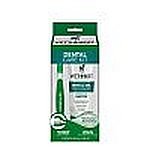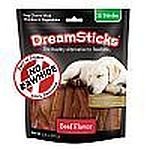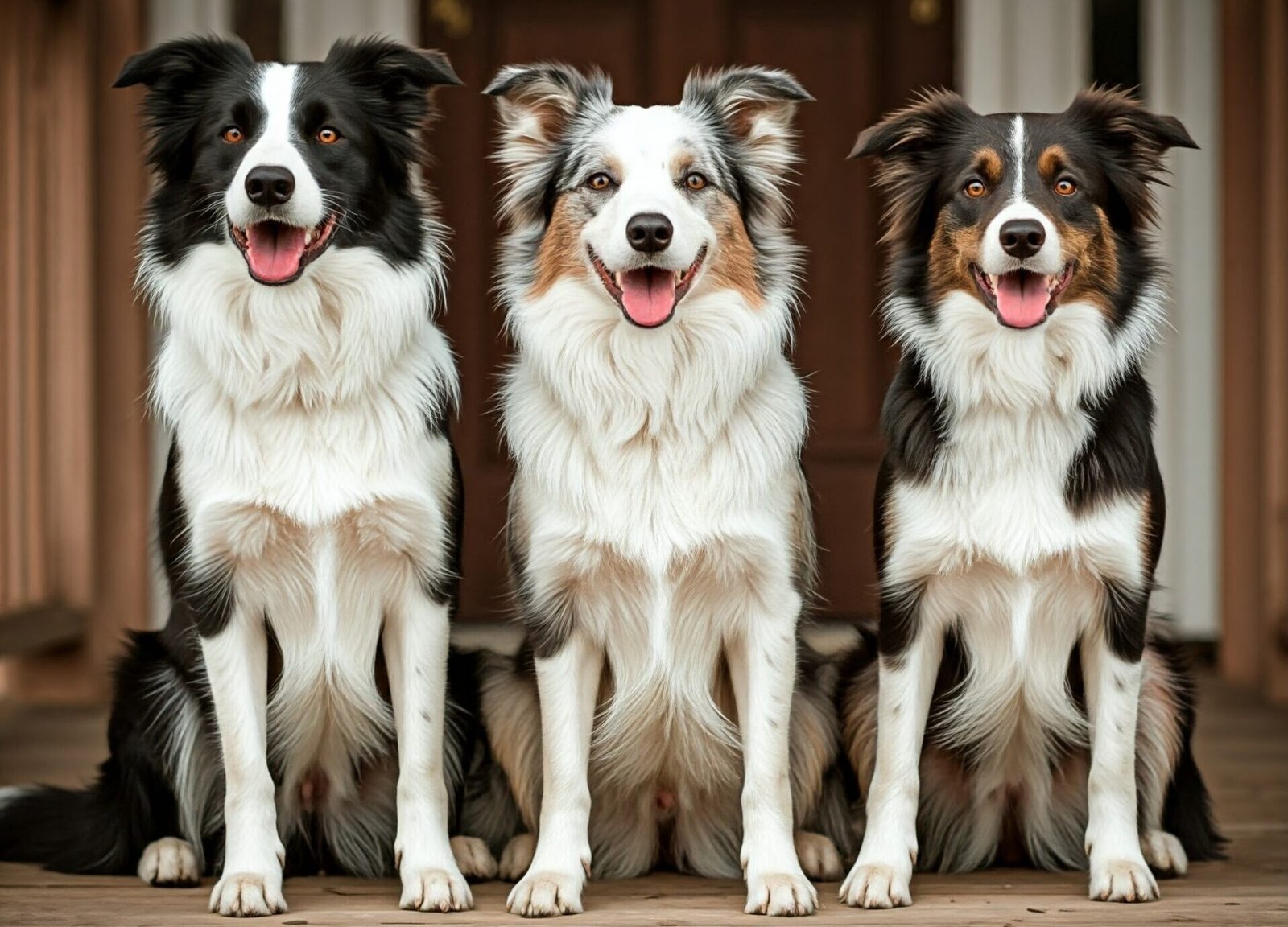Advice On Brushing Your Dog’s Teeth
 We wouldn’t go a day without grabbing a toothbrush and brushing our teeth two or three times that day. But when was the last time you brushed your dog’s teeth? Dental care should be part of your dog’s regular health routine.<
We wouldn’t go a day without grabbing a toothbrush and brushing our teeth two or three times that day. But when was the last time you brushed your dog’s teeth? Dental care should be part of your dog’s regular health routine.<
Take your dog to the vet at least once a year to have your its teeth professionally examined for any potential problems. The vet will check for signs of gum disease and broken teeth, and see how much plaque and tartar have built up. These conditions must be dealt with for your dog just as your dentist would do for you.
Plaque on your dog’s teeth is a sticky coating of bacteria. If it’s not removed, it can harden into tartar, which is more difficult to remove. Tartar can lead to gum disease which can cause infections and tooth loss.
By the time dogs are 3 years old, most will have some signs of gum disease. Perhaps it may be diagnosed as gingivitis in its mild stages. However, in advanced stages, it can become periodontal disease. Your dog’s gums might start to pull back or recede from their teeth. That creates gaps that allow bacteria from their mouth to enter their bloodstream. That can lead to dangerous infections.
Preventing your dog from having dental problems is the best strategy. Brushing your dog’s teeth regularly can help keep their teeth and gums healthy.
When To Begin Brushing Your Dog’s Teeth
It’s best to begin brushing your dog’s teeth when they are young, not only for their dental health but also to get them accustomed to tooth brushing. I learned this the hard way as I did not begin brushing my dog’s teeth until she was an adult. She fights me now when I brush her teeth and it’s an ordeal for both of us. The younger the dog is when you start brushing its teeth the better.
Toothpaste For Dogs
There is special toothpaste made for dogs. Dogs cannot use human toothpaste. Dog toothpaste must be able to be swallowed or licked by the dog. Ingredients in toothpaste for humans prevent this. We can spit the toothpaste out but dogs can’t spit. Here is a dental care kit that contains both a toothbrush and a toothpaste/gel that I recommend:

Vet’s Best Dental Care Kit with Toothbrush and Gel for Dogs Toothpaste: 3.5 oz
How to Brush Your Dog’s Teeth
When you brush your dog’s teeth do it in a place that is comfortable and familiar to your dog. Choose a quiet spot that will ease any stress or distraction the dog might have during its toothbrushing. Smaller dogs could be held in your lap with their head facing away from you, while larger dogs could be placed sitting next to you in a chair.
Be especially kind and gentle with your dog while brushing its teeth. The less stress your dog has during the toothbrushing procedure is the best for your dog and you! Your dog can pick up signals of stress from you so don’t be in a rush. Proceed slowly. You can begin by using a finger or a soft and clean piece of cloth to rub your dog’s teeth. Don’t force the dog’s mouth open, instead gently raise the dog’s lip and work on the outside of its teeth and gums. Do a few teeth at a time.
Your dog needs to get used to you touching its teeth and the taste of the toothpaste. When your dog seems comfortable, then add the dog toothpaste to your finger or cloth and repeat the gentle rubbing of the outside teeth and gums. Let them smell the toothpaste and lick it. Dog toothpaste is often flavored to make it appealing to dogs.
Next, use a soft-bristled toothbrush with the dog toothpaste, there are toothbrushes for dogs. Use soft and gentle brush strokes and try to move on to the dog’s entire teeth and gum line. Getting the gum line clean is important for your dog’s dental health.
How Often Should You Brush Your Dog’s Teeth?
A good number is three times a week as it only takes a few days for plaque to begin to turn into tartar. It all really depends on your dog. Some dogs may need more frequent toothbrushing than others because of genetics.

It only takes a few days for plaque to harden into tartar. If you go too long between brushings, you may need to see a veterinarian for removal. If your dog’s teeth have that yellow-brown buildup along their gum line, or if their gums are bleeding or puffy, it could be time for a professional cleaning.
With regular brushing, you should be able to go longer between professional dental cleanings at your vet’s office. You may not need professional cleanings at all. But some dogs still need them even if they get regular dental care at home. That’s because of things like genetics.
When your vet cleans your dog’s teeth, they’ll put them under anesthesia. Your pet may need X-rays so that your vet can study their dental roots and jaw health. They’ll also look for growths, infections, or broken teeth. Your vet might suggest pulling teeth that aren’t healthy.
Your vet may also recommend your dog see a veterinary dentist. That’s a vet who has extra training and certification in dentistry. There are some vets who do cleanings without anesthesia, but the American Veterinary Medical Association (AVMA) doesn’t recommend that.
You probably don’t need anesthesia during your teeth cleaning because you understand what’s happening. Dogs obviously can’t. Anesthesia allows your vet to clean and examine below the gumline, where most dental disease is found. Although there are some risks, pets aren’t stressed under anesthesia and there’s less chance of them getting hurt during the exam. But your dog may have other health conditions that make anesthesia more risky or too risky. Your vet will discuss this with you before proceeding. Be sure to ask them any questions you have.
Along with examining, cleaning, and polishing your dog’s teeth, some vets may recommend sealants. These help prevent plaque and tartar buildup, especially if you’re unable to brush your dog’s teeth.
When You Can’t Brush Your Dog’s Teeth
Dental chews: Some dogs just have a hard time letting someone brush their teeth. In that case, dental chews may help. Though they aren’t an equal substitute for brushing, they can help keep your dog’s mouth healthy. These edible treats take a long time to chew. The longer time chomping helps clear buildup from a dog’s teeth. Look for chews with the VOHC seal of approval. Here are two chews I like:

DreamSticks – Made With Real Beef, 15 sticks, No Raw Hide
Nylabone Nubz Meaty Center Natural Long Lasting Edible Dog Chews 20 count Small – Up to 30 lbs
Diet: Be sure to feed your dog high-quality pet food. Several studies have found that dry kibble can have a positive impact on their dental health. The action of chewing crunchy food can fight tartar and plaque buildup. There are also foods specially designed for dental health.

